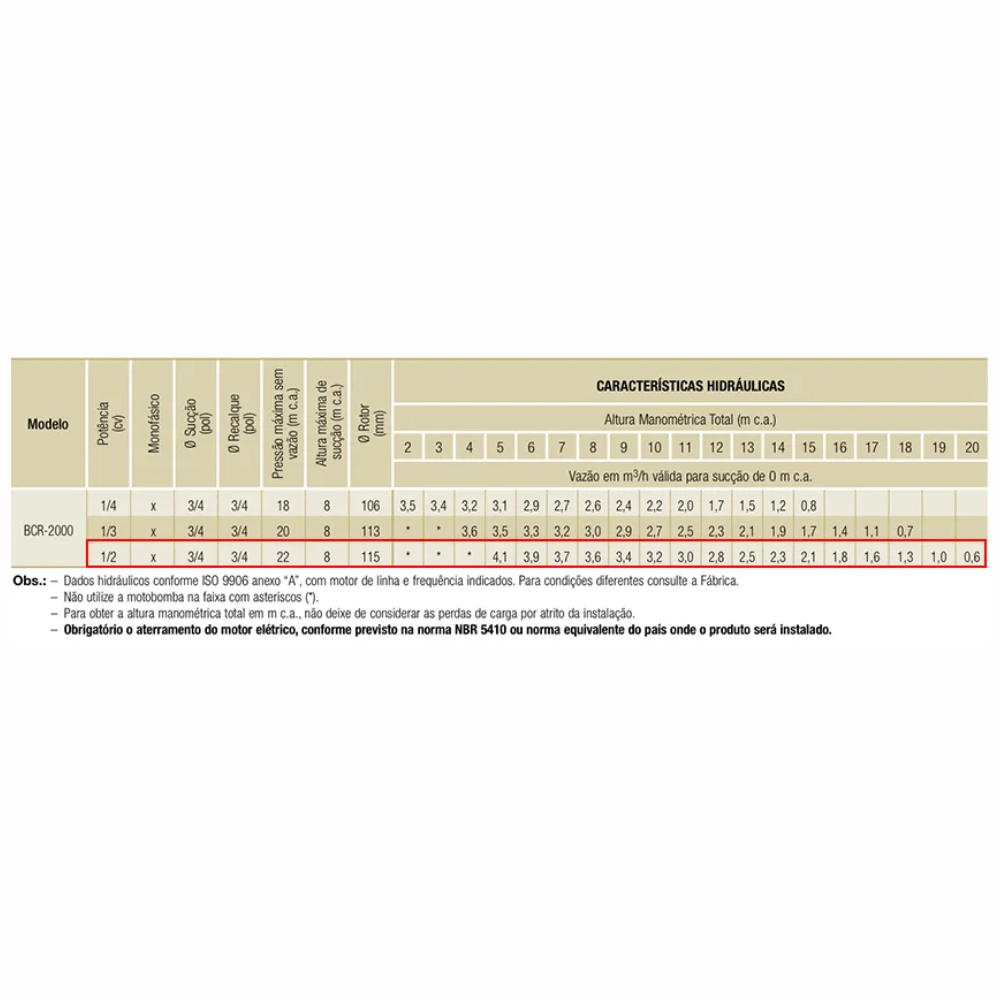

Therefore, it seems likely that c-Abl plays an important role for the maintenance of genetic stability. In addition, several studies have shown that the activity of c-Abl is upregulated following genotoxic agents or γ-irradiation ( Shaul and Ben-Yehoyada, 2005). It interacts with many proteins involved in processing and repair of DNA damage such as p53 ( Wei et al., 2005), p73 ( Yuan et al., 1999), Mdm2 ( Goldberg et al., 2002), Rad51 ( Yuan et al., 1998), DNA-PK ( Kharbanda et al., 1997), WRN ( Cheng et al., 2003), CSB ( Imam et al., 2007) and BRCA1 ( Foray et al., 2002). The observation of an unexpected cardiac toxicity related to c-Abl inhibition ( Kerkelä et al., 2006) demonstrates that pharmacological targeting of physiological c-Abl is of clinical relevance.Ĭ-Abl is a tightly regulated cellular tyrosine kinase involved in several stress signaling pathways. As a consequence, it is of great importance to understand the biological effects of imatinib on normal cells. Therefore, prolonged, maybe lifelong therapy is required to control CML with imatinib. However, even in patients with complete molecular remission, the Bcr-Abl-positive clone quickly reappears after discontinuation of imatinib ( Michor et al., 2005). Most patients with newly diagnosed CML achieve durable responses upon imatinib therapy ( Druker et al., 2006). In addition, it targets a limited number of other tyrosine kinases such as c-Abl, c-KIT and platelet-derived growth factor receptor ( Carroll et al., 1997 Heinrich et al., 2000). Imatinib directly binds to the kinase domain of Bcr-Abl blocking its activity. The development of imatinib mesylate (STI571, Gleevec) for the treatment of chronic myelogenous leukemia (CML) is one of the most important advances in malignant disease management during recent years ( Buchdunger et al., 1996 Druker et al., 1996). These data indicate that pharmacological inhibition of c-Abl compromises DNA-damage response.

Enhanced mutation frequency as well as delayed DNA repair was observed in cells expressing KD-Abl. Mutation frequency and repair kinetics were also studied in c-Abl−/− murine embryonic fibroblasts (MEFs) retransfected with wild-type c-Abl (wt-Abl) or a kinase-defect variant of Abl (KD-Abl). Inhibition of c-Abl caused an enhanced irradiation-induced mutation frequency and slowdown of DNA repair, whereas imatinib was ineffective in cells expressing a T315I variant of c-Abl. Cell lines and peripheral blood mononuclear cells (PBMCs) from healthy volunteers were treated with imatinib or dasatinib before γ-irradiation. We investigated the effect of pharmacological inhibition of c-Abl on the processing of irradiation-induced DNA damage in Bcr-Abl-negative cells.

Imatinib also blocks c-Abl, a physiological tyrosine kinase activated by a variety of stress signals including damaged DNA. Imatinib inhibits the kinase activity of Bcr-Abl and is currently the most effective drug for treatment of chronic myeloid leukemia (CML).


 0 kommentar(er)
0 kommentar(er)
